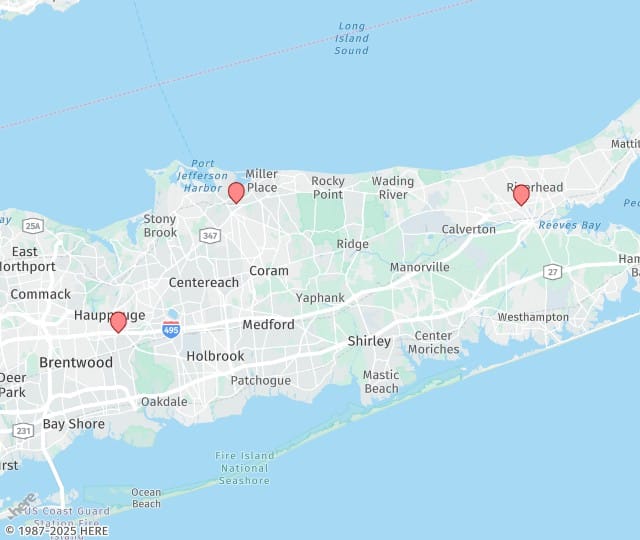Peripheral artery disease, also known as PAD, is a common vascular condition involving a buildup of plaque within the peripheral arteries of the limbs, usually the legs and feet. Plaque is an accumulation of fat, cholesterol, calcium and other substances in the blood. The buildup of plaque can severely narrow or block the arteries and limit the flow of oxygen-rich blood to the body. PAD may be a symptom of atherosclerosis, a specific form of arteriosclerosis, which leads to a more widespread occurrence of plaque buildup in arteries.
Causes of PAD
There are many causative factors involved in the development of PAD. Causes or risk factors for PAD may include the following:
More uncommon causes of PAD may include limb injury, anomalies of anatomy, blood vessel inflammation or radiation exposure.
Symptoms of PAD
Patients with PAD may be asymptomatic. For those who experience symptoms, those symptoms may vary in kind or severity from patient to patient. Symptoms in the affected area may include:
If peripheral artery disease progresses, pain may even occur while a person is resting, known as ischemic rest pain. It may be intense enough to disrupt sleep. Hanging one‘s legs over the edge of the bed or walking around the room may temporarily relieve the pain.
Diagnosis of PAD
Peripheral artery disease may be effectively diagnosed using the following:
Treatment of PAD
Treatment for peripheral artery disease is a two-pronged effort, designed not only to relieve symptoms, but to stop the progression of vascular disease. It is important to get atherosclerosis under control since this disease puts the patient at risk for heart attack or stroke. Treatments for PAD may include any and all of the following:
Lifestyle Changes
Before any additional medical treatment is undertaken, patients are advised to make changes in their habits which may be lifesaving. The most important of these is for patients who smoke to stop smoking. Other beneficial changes include losing weight, eating a healthier diet, making sure to get regular exercise and alleviating stress wherever possible. Particular exercise programs to assist in treating PAD are sometimes recommended.
Medications
Several types of medications may be helpful in treating PAD. These may include:
Surgical Interventions
In some cases, surgical interventions may be necessary to treat PAD, including angioplasty to reopen the blocked artery and increase blood flow or bypass surgery to circumvent the blocked artery. The latter may be accomplished using either synthetic materials or a blood vessel from another part of the body.
Risks of Surgery for PAD
While surgeries for PAD are generally considered safe, there are always risks involved in any surgical procedure. In additions to the risks inherent in any surgical procedure which may include allergic reactions to anesthesia or medications, breathing problems and the possibility of infection, angioplasty and bypass for PAD may include the following complications, all of which are greater in older patients:
There is often swelling in the leg that has been operated on. In some cases, the swelling may be more severe. Such swelling may subside with time, but mild permanent swelling is a common result of bypass surgery. Thrombophlebitis in the affected limb is also possible.
Recovery from Surgery for PAD
After a surgical procedure for PAD, the wound in the groin where the catheter was inserted must be tended. Light walking is encouraged, but strenuous exercise must be avoided for a period recommended by the doctor. It is important for patients recovering from angioplasty for PAD to maintain a healthy lifestyle and to take prescribed medications. In patients who do not make the necessary changes, restenosis, or recurring blockage of arteries, is common.
